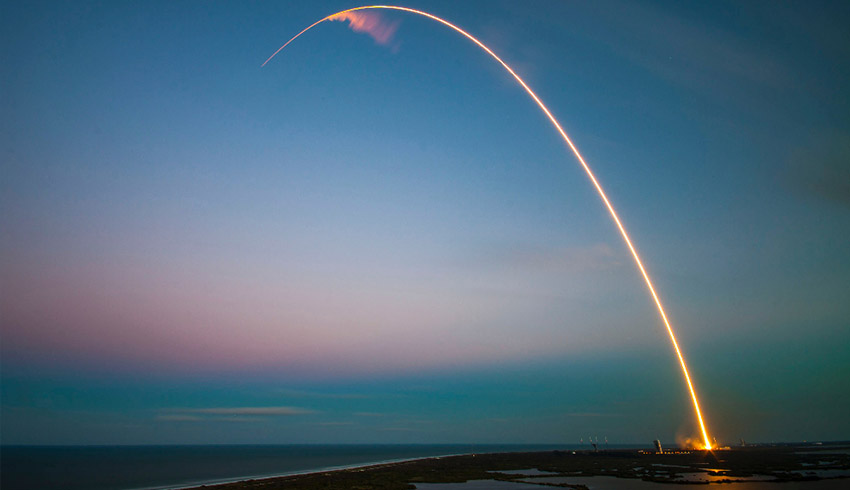This was achieved with complete success on Friday, with any remnants of the 8.6-tonne satellite surviving re-entry splashing down in the so-called spacecraft cemetery in the South Pacific Ocean Uninhabited Area.
That compares with Tiangong-1, launched in 2011. China announced in early 2016 that the station had fulfilled its purpose and its service had ended but didn’t admit until later that it lost telemetry and the satellite was out of control.
It re-entered in in April last year. Fortunately, what didn’t burn up in the atmosphere splashed down into the Pacific mid-way between Australia and the US.
Tiangong-2 was launched in September 2016 with the objective of scientific research for China’s crewed space program and to test technologies to be used in China’s large modular space station.
Two astronauts spent 33 days in the lab, conducting a number of experiments. On three occasions Tianzhou-1 robot craft docked to replenish supplies.
The demise of Tiangong-2 means for the first time since 2011, China has no orbiting space station able to host humans. However, it has big plans, including establishing a larger space station of about 100 tonnes around 2022.
China currently has a probe on the moon and has announced plans to land astronauts on the moon around 2030.
US private sector intelligence group Stratfor noted that China was a latecomer to space, launching its first satellite in 1970, 13 years after the Soviet Union.
China’s first taikonaut (the term for a Chinese astronaut) went into space in 2003.
China operates its space program on the cheap, spending less than one-fifth as much on its programs as the US, according to the OECD.
“However, China is now without a doubt the world's second greatest space power and strategists are increasingly talking about a second space race, paralleling the original race between the United States and the Soviet Union from the 1950s to the 1980s,” Stratfor said in a review of global space programs for the moon landing 50th anniversary.
Stratfor made some other pertinent observations on space.
One is that no US leader for the past 60 years has managed to understand or convey that space is a place with far more resources than on Earth.
“The abundance is close enough to alter the way we live. Once tapped, it would surely cause a manifold reduction in the price of most commodities and, as a result, a manifold increase in global living standards — not to mention the Earth's environmental quality,” it said.
Stratfor said access to space would drive demand not only to go there but also to build fortunes there and those fortunes, in turn, would radically change how we live.
It said the reusable Falcon 9 rocket of Elon Musk’s SpaceX company stood to to alter the course of human history.
“The transformation will take some time to play out, but it will be no less revolutionary for that. We are witnessing the dawn of humanity's real Space Age,” it said.

